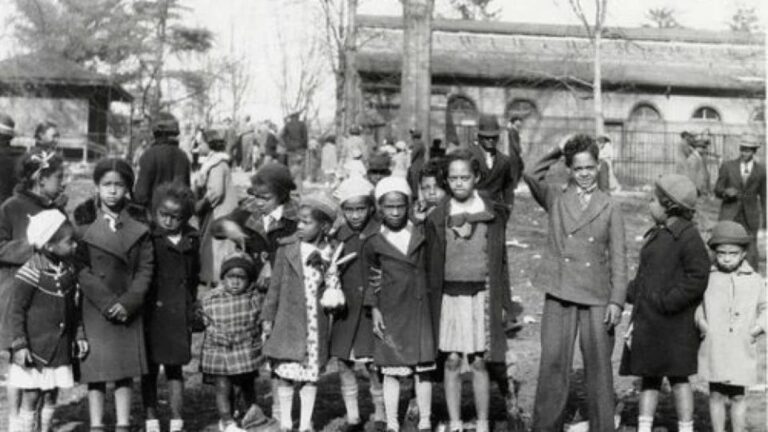
In 1878, the White House began hosting an annual Easter egg roll, but Black people were not allowed to attend due to segregation. This led to the creation of the Easter Monday tradition, which began in 1891 when many African American families gathered at the Smithsonian Institution’s National Zoo the Monday after Easter.
Easter Monday became a pseudo-holiday for Black domestic workers who were unable to attend the White House Easter Egg Roll.
The tradition quickly became a staple for African American families, with attendance reaching nearly 55,000 people in 1919. Families spent the day viewing the animals, having picnics, and participating in the Annual Easter Egg Roll on Lion and Tiger Hill at the zoo.
Over the years, the tradition has grown to include African storytelling, gospel music, reggae and steel-drum bands, dance teams, and double-dutch jump rope teams.
The Easter Monday tradition has a special significance for African American families, as it provides an opportunity for them to celebrate the holiday in their own way.
Many have fond memories of attending the event with their families and friends, such as George H. Lambert Jr., who remembers attending Easter Monday with his mother and brother, who was a domestic worker. The tradition continues to be an important celebration for African American families today.